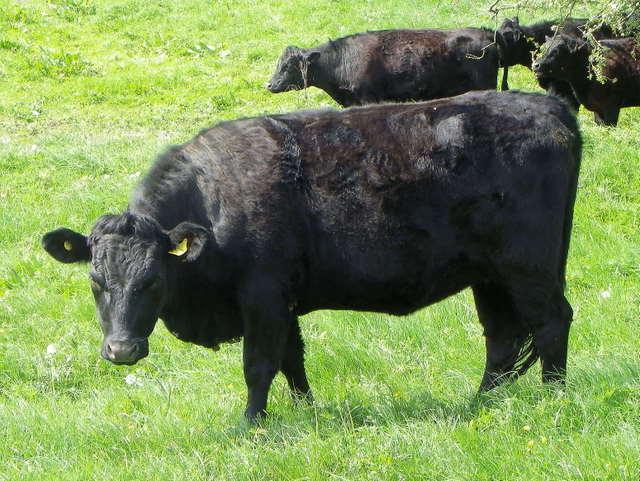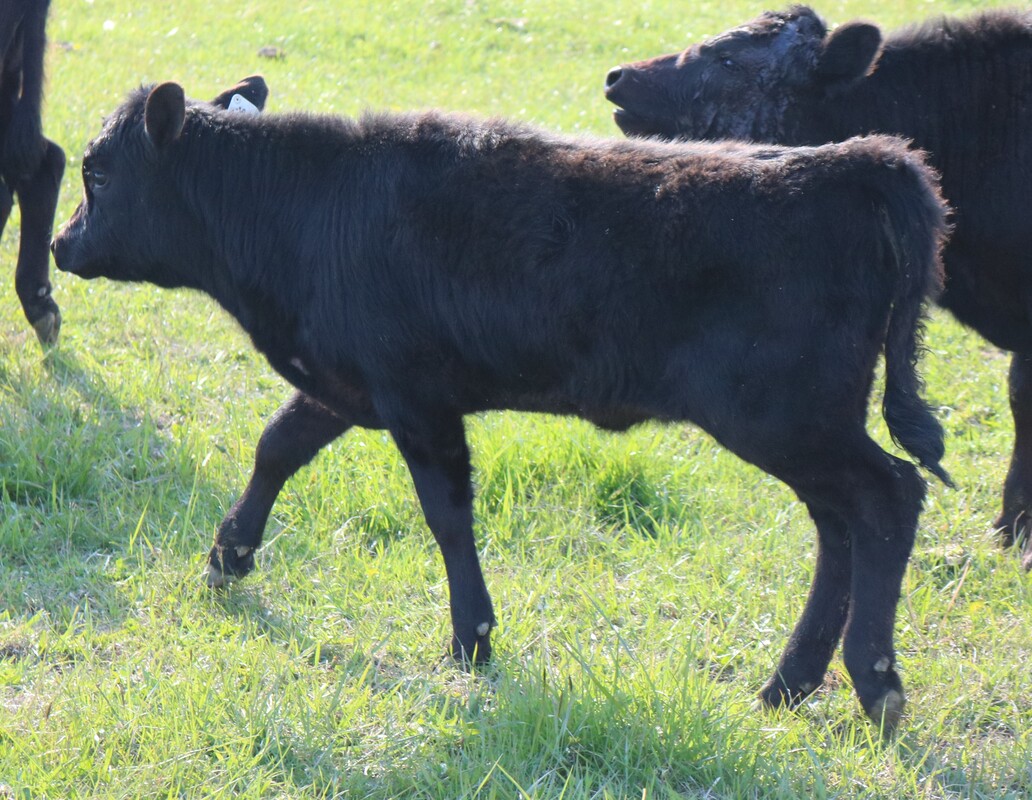
Straight top line with tail set level with spine.
#DEXTURE COW FULL#
Quarters thick and deep, broad and full hips, well rounded rump. Polled animals are acceptable, but must be notified in writing.Īmple brisket giving plenty of room for the heart and lungs: well sprung ribs: wide across the loin. Removal of horns will not be penalised in the show ring. Moderately thick, with an inward, upward curve. Eyes bright and prominent, with a kind and placid expression.ĭeep and thick, but not too short or too long, blending well into the shoulder. Jaws wide enough to accommodate well-placed teeth with an even bite. Short and broad, tapering gracefully towards a broad muzzle. However, extremes of either type are discouraged. short legged and non-short legged, are of equal merit. There must be no white forward of the navel or on any other part of the body.īoth types of Dexter, i.e. There must be no white forward of the navel or on any other part of the body.Ĭows: a small amount on the udder and underline, in the tassel of the tail and on the vulva. A little white will not disqualify but must be limited to:īulls: a small amount on the organs of generation and in the tassel of the tail. Wholly black, wholly red and wholly dun are of equal merit. In judging, both these qualities will be taken into consideration. The Dexter is a dual purpose breed with both beef and dairy qualities. Truly, the small cow with the big future. Several of these countries have their own breed societies, which only goes to show how well the breed has become established worldwide. Animals have been exported to Australia, New Zealand, Cuba, Argentina, Kenya, Zimbabwe, Italy, Belgium, Denmark and Germany. They have established themselves well in many parts of the world. The breed's ability to adapt to varying and extreme climatic conditions and to different systems of management is a typical characteristic. The success of the Dexter over the last 25 - 30 years is quite outstanding. Their versatility is one of their greatest assets, and probably has something to do with the number of countries Dexter cattle are found, including North America, South Africa, Australia, and much of Europe. Management practices vary by breeder and by country.

However they are often listed as a triple-purpose breed, since they are also used as oxen. The Dexter breed originated in Ireland.ĭexter are classified as a small, friendly, dual-purpose breed used for milk and beef. Like the Kerry, they are descended from the predominately black cattle of the early Celts.ĭexter cattle are the smallest of the European cattle breeds, being about half the size of a traditional Hereford and about one third the size of a Friesian (Holstein) milking cow. The renaming calves are sold as beef at 25-27 months of age.The Dexter originated in the South Western region of Ireland. We select our top heifers to retain and sell as breeding stock.

Our Dexter calves are weaned at 6-7 months of age and continue in our pasture rotation system. Once the fescue pastures are depleted we feed round bale hay until spring grass begins to regrow. Our typical grazing season begins in April and is completed at the end of December.

This practice gives adequate recovery time to each pasture with rest periods for each paddock between 27-34 days of rest per paddock. Depending on the size of the pasture our herd grazes a paddock for 4-7 days. Our pastures are predominantly fescue but many fields have clover as well. Our cows successfully nurse fall born calves as part of our pasture rotation system.

We began our Dexter herd with White Rock Blossom and have grown the herd to breed 22-26 cows each year. Dexter cattle are a wonderful addition to any farm or homestead. Dexter cattle are easy birthers and display excellent mothering traits. We choose to add Dexter cattle to our farm due to their docile temperament and haven't regretted the decision for a second. One of our Dexter cows enjoying the late evening sun as part of our rotational grazing program.


 0 kommentar(er)
0 kommentar(er)
